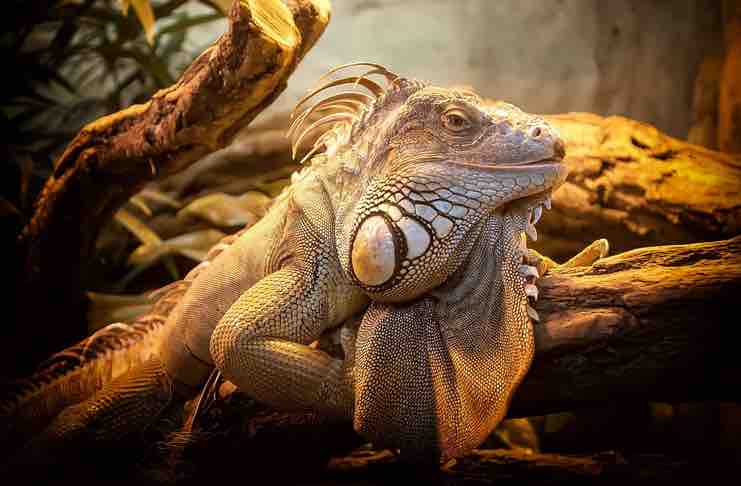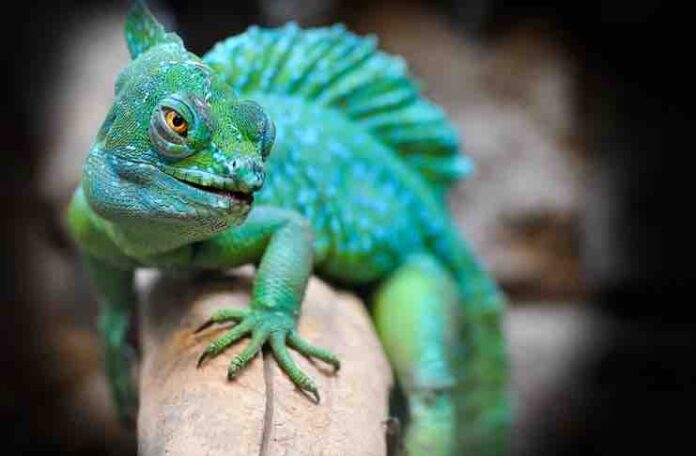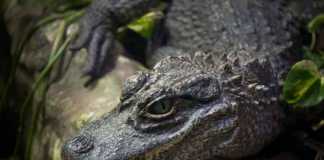Reptiles are fascinating creatures that have been around for about 310-320 million years. They are a fascinating class of vertebrates that is made up mostly of snakes, turtles, lizards, and crocodilians. These animals feature dry scaly skin with almost all Reptiles being cold-blooded to regulate body temperature for efficiency as well giving birth in most cases when it comes time to lay eggs but some such as the boa constrictor give life young instead.
When it comes to the life cycles of reptiles, there are many similarities and differences. Though they all have a similar beginning as eggs that progress through hatchling stages before reaching adulthood with their own unique characteristics in mind you’ll need some patience for this one. Let’s break down how these animals develop from egg-laying creatures into mature adults.
The 4 Different Stages of the Reptile Life Cycle
When most people think of the life cycle of a reptile, they think of eggs hatching and baby reptiles growing into adults. But there is more to it than that. Reptiles go through four unique stages during their lives, each one with its own challenges. Today, we’re going to take a closer look at these stages and what you can expect from your pet reptile at each one.
1. Developing as an Egg
Reptiles are typically born as eggs, but a few species choose to give birth. In the case of live-bearing lizards like geckos and crocodiles, their young need protection from predators in order for them to be able to survive outside their eggshells. As an animal develops inside its mother’s body most of it time until hatching occurs when there may only exist offspring or neonates per clutch depending on how quickly they grow – smaller animals tend towards having fewer clutches than larger ones with similar sized bodies because size itself isn’t always enough if males don’t get big during adulthood too.
2. Hatchling
The baby reptile is able to care for himself at birth. When he’s ready, the little guy breaks through his egg using an “egg tooth” and then remains in it for 12-48 hours before popping out. Once this is done and they’re born as babies into their temporary home in nature with no parental care whatsoever.
3. Juvenile
Stages of the life cycle are fascinating and Reptiles offer a varied view of this process. Juvenile stages can be quite different from the adult form and in many cases. The green iguana species is one that grows slowly until it reaches sexual maturity. Some others grow very quickly and can be sexually mature at about 9 inches long from snout to vent with age reaching 16 months for this type of animal’s development cycle in general (though some may reach adulthood earlier or later).
4. Reproduction (or procreation or breeding) / Adults
Mature reptiles can store sperm for up to six years, and once they breed with a male in order to fertilize future eggs. And then carefully lay her eggs in a hole or bury them underground so that they’ll be left alone until it is time for their babies to grow into adults.
Only crocodiles and pythons look after their children. Lizards can guard their eggs (even incubating) but once hatched most lizards don’t stick around for more than one day before moving on. Again leaving young reptiles at risk of dying due to being left behind by a mother’s fast-paced lifestyle which often leads these little animals to have high mortality rates.

What Is the Lifespan of Reptiles?
Reptiles are some of the most amazing animals on Earth. They have a very unique life cycle that progresses through several different stages. The reptile life cycle progresses in a way that can be fascinating to watch.
- Ball python: 15 to 20 years
- Bearded dragon: 5 to 10 years
- Eastern box turtle: 25 to 50 years
- Green iguana: 5 to 15 years
- Kingsnake: 10 to 15 years
- Leopard gecko: 20+ years
- Leopard tortoise: 50+ years
- Old World chameleons: 3 to 8 years
Hibernation, brumation, and torpor are all closely related to the lifespan of a hibernating animal. These three states also happen at different times during an animals’ life span which means that it can have various impacts on its health depending on when it occurs in relation to other physiological events like the mating season for instance.
Hibernation vs Brumation vs Torpor
Hibernation is a deeper and longer version of torpor. Brumation, on the other hand, is specific to reptiles and amphibians that enter what’s called “deep sleep” where they undergo similar patterns of inactivity with low body temperature: like, heart rate, metabolic rates as well their respiratory systems slowing down drastically all while still having an operational brain activity when needed for consciousness or life-sustaining functions such coordinating digestion from food eaten before entering into this type/stage. Thus Hibernation vs Brumation vs Torpor is more involved than competing with each other.
Hibernation is a great way to lower energy costs while still being alive. However, hibernating animals will typically enter torpor (a state of deep sleep) where they remain until conditions become more favorable or food becomes available, this can take months.
The alternative Brumation occurs when an animal’s body temperature drops below ambient temperatures for long periods in order to conserve food and water stores during times without sufficient resources such as cold weather.
Final Words
Reptiles are fascinating creatures that have an incredibly diverse life cycle. They come in many shapes, sizes, and colors with a variety of habitats to choose from. Juveniles are the most intriguing stage for these reptiles because they look adorable at this point in their lives as well as during this time they often move around too much which makes them difficult to capture.



